Audience Analysis
People
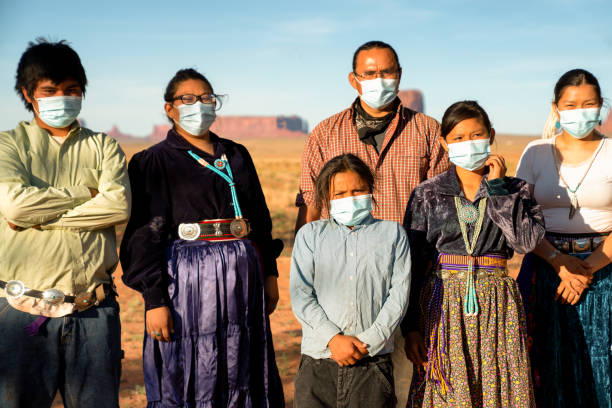
Oftentimes, health communication strategies are planned based on a larger level analysis of a population at a national or state level. This may result in overlooking the uniqueness of vulnerable populations within those larger geographic areas. In this section, we will address the attributes of a community such as their social norms, values, beliefs, cultures, fears, social networks, vaccine intention, income disparities – which contribute to COVID-19 vaccine adoption and health messaging to promote behavior change.
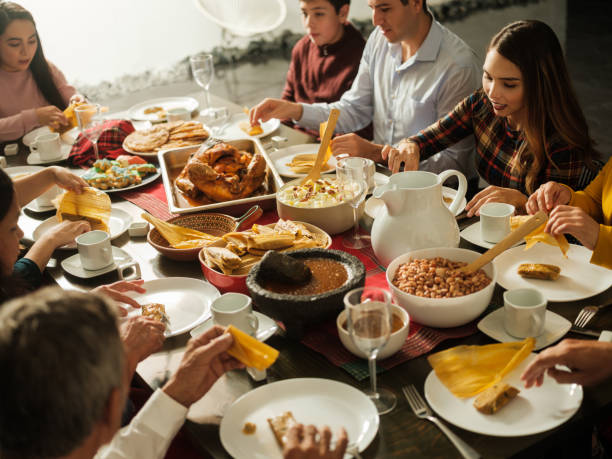
Community and individual social norms, values, and health beliefs are important to consider because they will influence perceptions about the COVID-19 vaccine.
Areas to Explore With the Community
Areas to explore with the community include:
Social norms. What do individuals perceive to be the “norm” in their community?
- Do people think most community members want to be vaccinated as soon as they are eligible?
- Is the social norm to put the greater good of their community over individual concerns?
- Is there a specific community that has been resistant to and/or vocal about wearing masks?
Values. What does the community value and how might this impact vaccination intent? For example:
- Which takes priority–the health of the community, family, or self?
- The desire to get back to life the way it was?
- The ability to get together with family and friends?
- Individual choice to be vaccinated versus work, school, or travel mandates?
Beliefs. What does the community believe about the vaccine in areas such as:
- The safety of the vaccine.
- The efficacy of the vaccine (how well it works).
- The seriousness of contracting COVID-19.
- How might religious beliefs may affect decision to be vaccinated?
- How might beliefs around whether the vaccine development and testing included diverse communities?
For example, Native American tribes will differ in attributes of people and place depending on the tribe. An analysis of each community must be conducted in order to design effective communications.
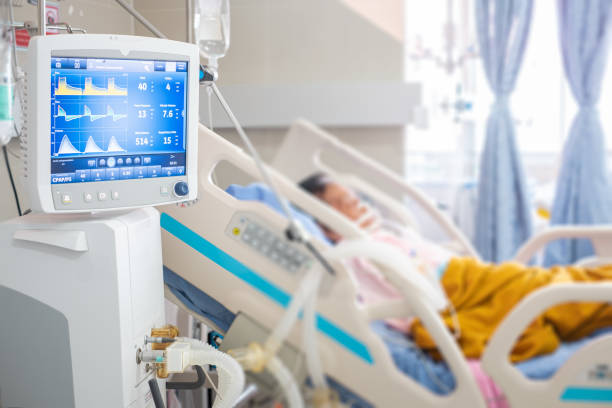
Acknowledging that people may be fearful of the vaccine, and understanding what those fears are, will help to shape your communication strategy. Importantly, mis/disinformation will often use messaging that plays on a population’s fears.
More About COVID-19 Vaccine Fears
Vaccine-related fears may have deep roots in a community, and can be related to historical health-related injustices. Fears that exist in a community may be related to a number of factors. Areas for further exploration include:
Historical health-related injustices. Be aware and understand the health-related injustices that vulnerable populations have endured in the past. Address these issues and acknowledge that protections have been put into place to ensure that these injustices do not happen again.
- Ask community members what they think is unsafe about the vaccine.
- Ask members, who have been vaccinated, to share stories in a transparent & honest way.
Vaccine side effects. Be transparent that people may experience minor side effects from the vaccine much like any other vaccine. Some people may experience these side effects whereas others may not experience anything at all. Remind them that they can talk to their health care provider before receiving the vaccine with any questions.
Vaccine ingredients. Understand the latest conversation on fears related to vaccine ingredients. Some of these are tracked in our social listening platforms.
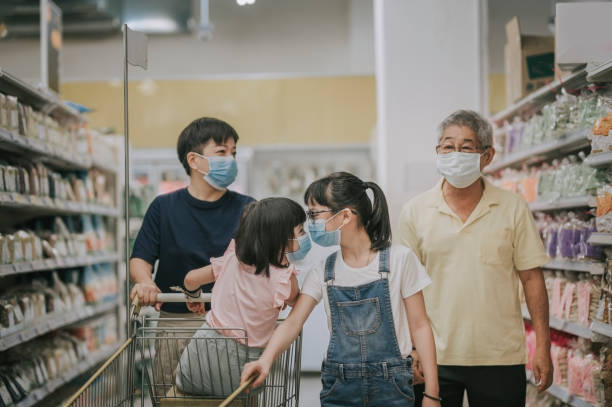
How a community is connected socially impacts where they turn for information, and who they trust as messengers, both key factors in developing your communication strategy. Importantly, this may include online networks which are often targets or forums for mis/disinformation.
More About Social Networks
Understanding the social networks that exist in a community can help to identify credible messengers for your communication efforts. Think about the following.
- What community organizations or civic groups have strong ties in the community?
- Is there a local church or local business where community members congregate?
- How is the community connected virtually through online social networks?
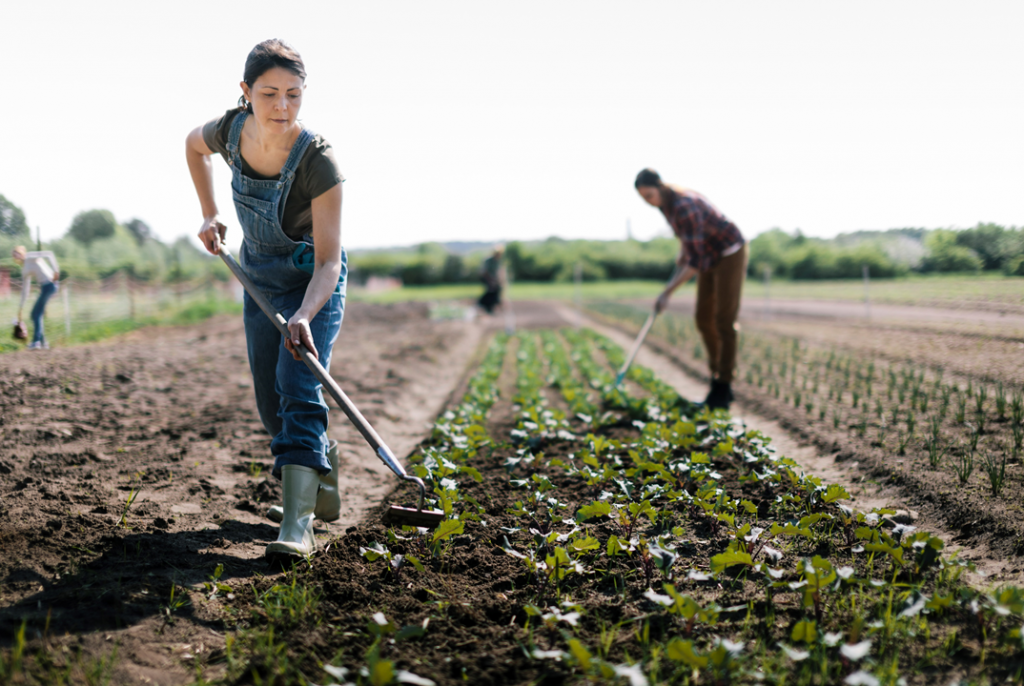
Conditions in the places where people live, learn, and work greatly affect health risks and outcomes. These are known as social determinants of health – and they are responsible for most of the health inequities and disparities seen globally and here in the U.S. Examples of social determinants include socioeconomic status, physical environment, employment, transportation, healthcare, and many more.
More About Social Determinants
The COVID-19 pandemic further revealed how social determinants of health can perpetuate and exacerbate inequities and disparities in health outcomes. For example, a person’s employment in a restaurant or janitorial position put them at further risk of contracting the virus because they could not work from home and quarantine. These jobs tend to be lower-paying and hourly-waged, with few benefits. Vulnerable populations disproportionately work these jobs and were therefore disproportionately exposed to COVID-19.
Kaiser Family Foundation COVID-19 Vaccine Monitor
CDC Community-Based Organizations COVID-19 Vaccine Toolkit
“The Conversation” from Greater Than COVID
Learn about important “Place” attributes of a community to consider when developing COVID-19 vaccine communication.

